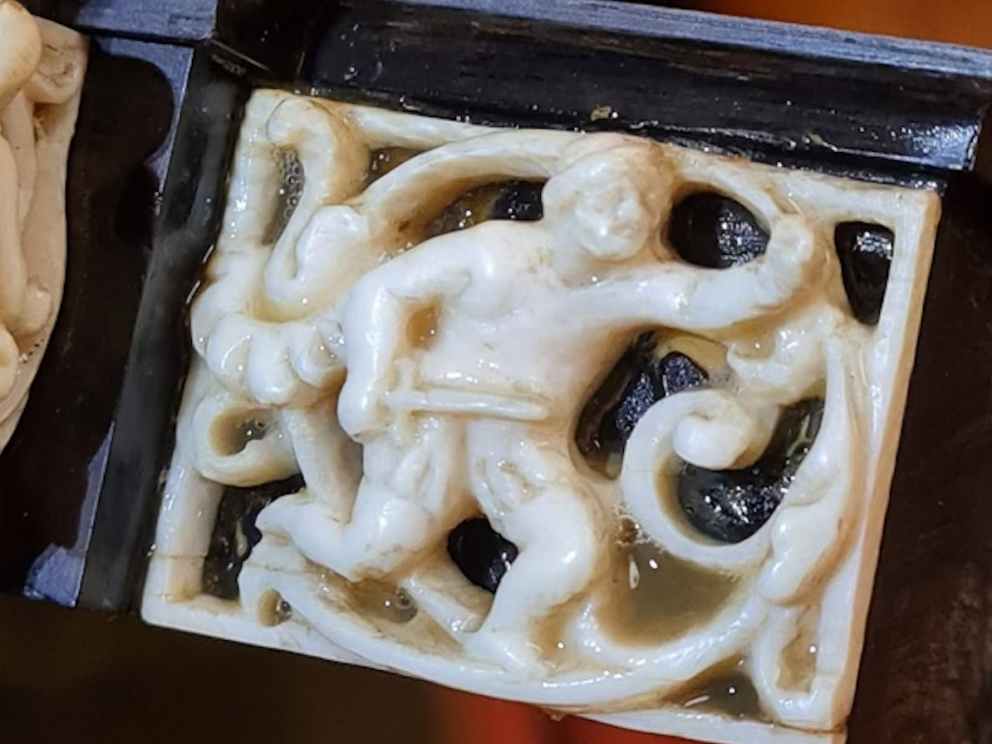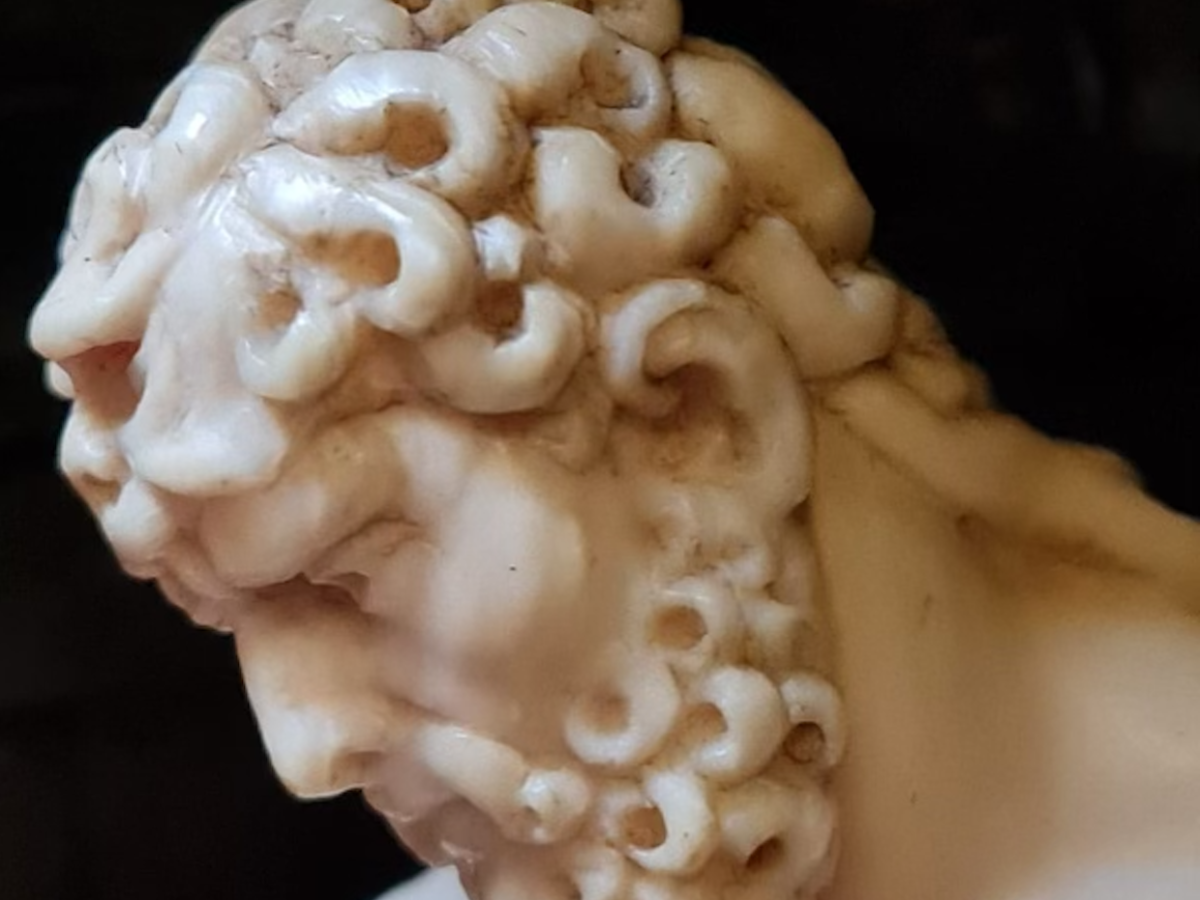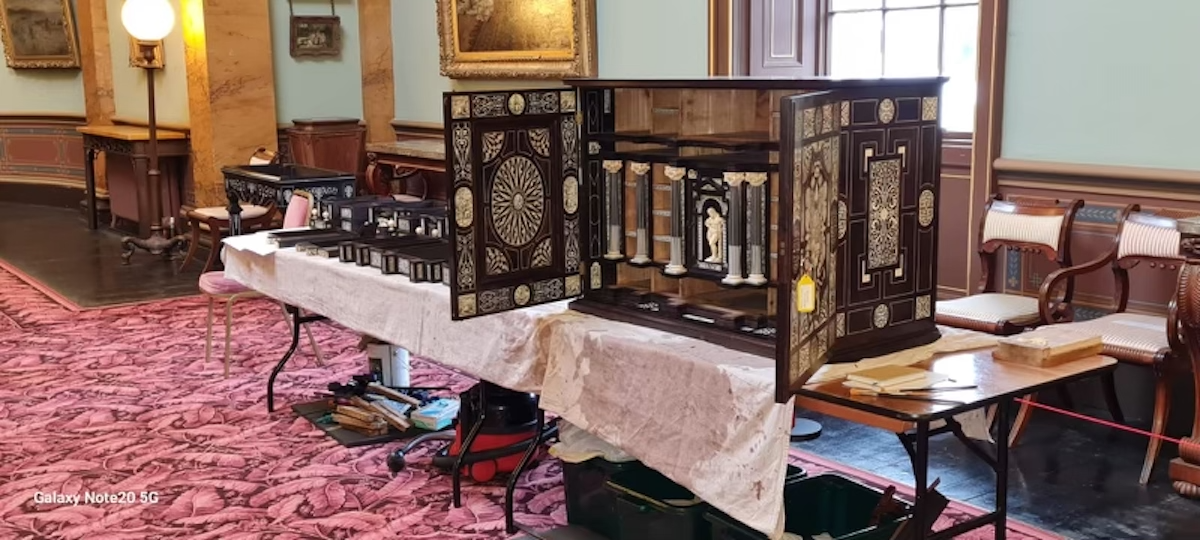
Conservation: Italian Renaissance Cabinet
Italian Renaissance Cabinet, Naples, c.1490-1520
Rosewood with ivory inlay
The rare Italian Renaissance Cabinet is a particularly fine example of the type of furniture that appealed to English milords on Grand Tour in Italy in the late eighteenth century. Thanks to The Pilgrim Trust and a generous anonymous donor for funding the conservation work which was undertaken in October and November 2023 by accredited furniture conservator, Fergus Purdy.
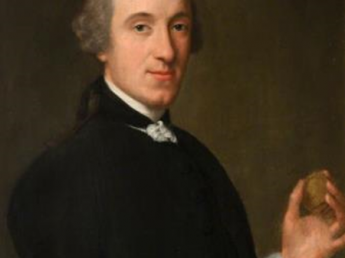
background
The cabinet was originally purchased by Patrick Home, the builder of Paxton House, during one of his Italian Grand Tours between 1751 and the late 1770s. Wealthy young men from Scotland and England travelled to the continent as part of their education in the eighteenth century and were exposed to antiquities from Ancient Greece and Rome and to the Renaissance art that had been inspired by this classical culture. They collected everything from furniture and sculpture to old master paintings and medallions.

the cabinet
One of the most special items in the collection, this exquisitely detailed cabinet was probably made in Naples sometime between c.1590 and the 1620s, for the Albertoni family whose coat of arms is prominently displayed on the front of the cabinet doors. The cabinet is made from rosewood and ivory. The ivory panels are engraved with a multitude of unique scenes, some of which depict the labours of Hercules. A highly detailed three-dimensional ivory sculpture of Hercules is centrally placed within the interior; even his toenails and the tendons in his feet are minutely depicted.
The stand, made from ebony and ivory, to support the cabinet, dates from around 1814. George Home, the third owner of Paxton, inherited the Italian cabinet from his uncle, Patrick. George was in correspondence with George Perfect Harding (1781-1853), of the Strand, London, who was a miniaturist, portraitist, and draughtsman, about getting a stand made to display the cabinet in 1814. This artist had previously visited Paxton in company of Lord Frederick Campbell. We are currently researching both the cabinet and its stand and hope share our discoveries in a future blog.
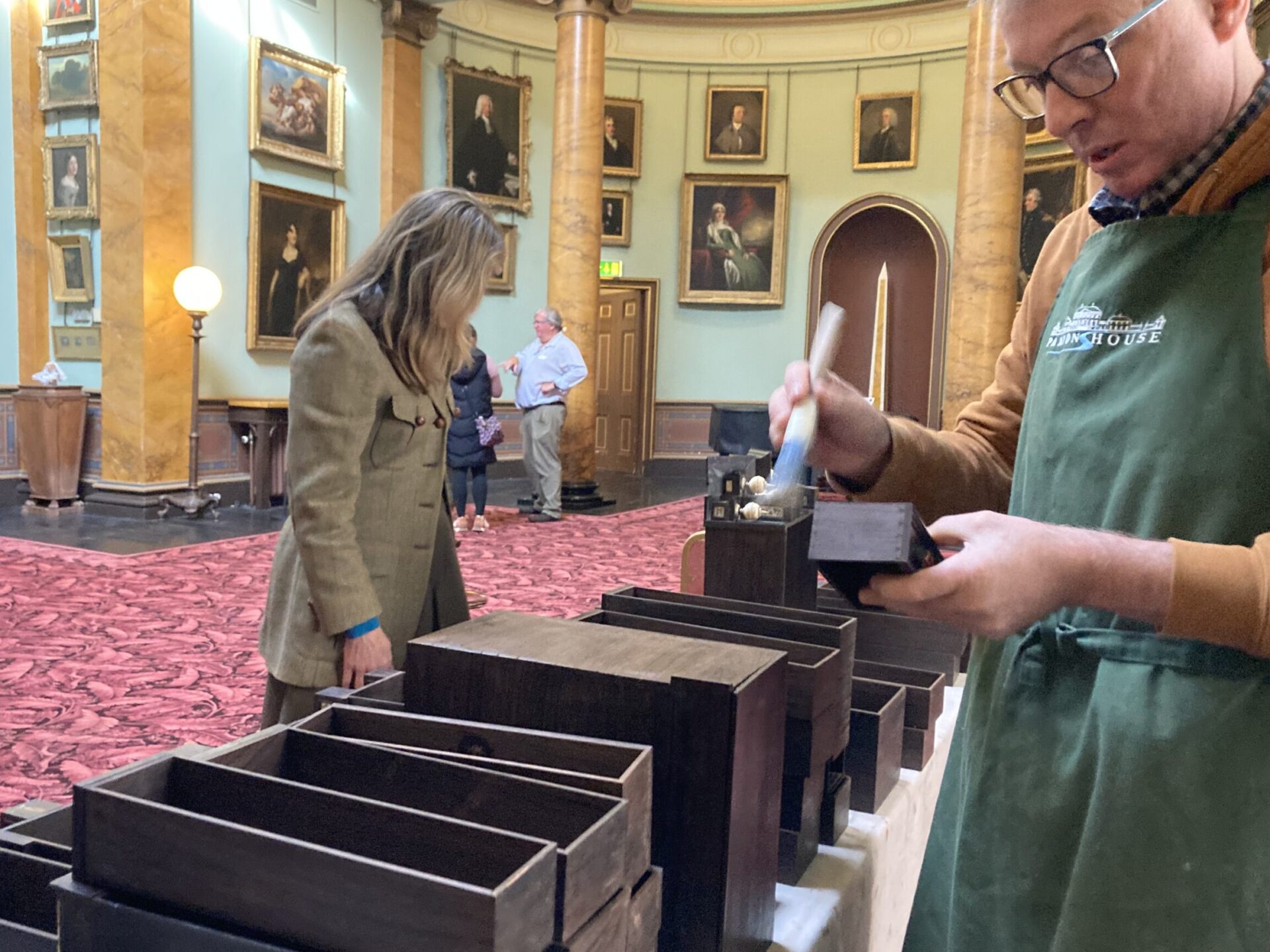
First steps in the conservation process
Firstly, Fergus removed the drawers from the cabinet in sequence and their positions were recorded. All small, detached pieces found in the drawers were also recorded. The cabinet and stand were separated, and the cabinet placed on a trestle worktable. All surfaces were thoroughly dusted using both a hogshair and ponyhair brush along with a vacuum cleaner.
The work was undertaken as restoration-in-action, allowing visitors to the Picture Gallery to watch to the work in progress.

Repairing the Stand: Legs
Replacement ebony mouldings were made and fitted to several different points on the legs of the stand where these had been lost over the past 200 years. Three pieces of the larger central sections of moulding which were found to be very loose were removed, cleaned, and re-glued to legs. An ebony patch, shaped to match the profile of the original moulding along the top edge, was fitted to an area of damage at the rear of the stand. All sections were fitted using hot hide glue, after the surfaces had been cleaned with warm water.
Ebony cross-banding veneer patches were fitted to areas of loss on the stretcher rail. Bone fills for missing ivory were fitted to the top of the stretcher rail and to the outer stringing on the central circular shelf where the stretcher rails meet. Since it is now illegal to use ivory in object conservation, even antique ivory, all missing ivory sections were replaced using bone.
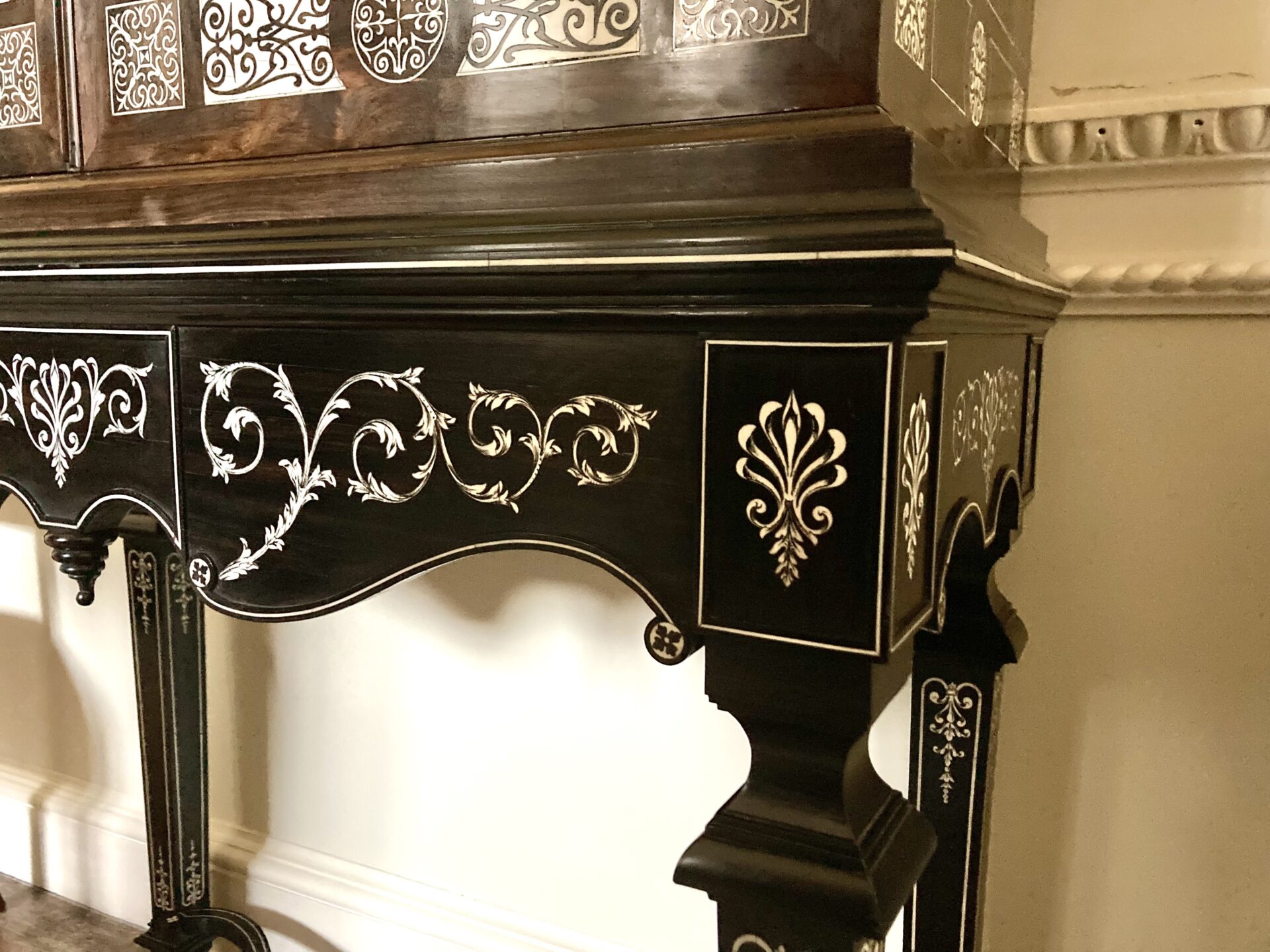
Repairing the Stand: Apron
On the front apron of the stand, bone inlay was used to replace a section of lost ivory stringing at the back, while a missing rectangular piece of ebony veneer was remade beneath it. Small patches were fitted to areas of loss and damage on the central panel of the front apron and to the scrolled section on the left. Loose original sections of this moulding were cleaned and re-glued.
Where rosewood veneer had been used in the past for repairs, these were colour matched using artist’s watercolours. All replacement pieces that had been fitted were fine finished and sealed with two brush coats of a simple shellac polish. The surfaces of the stand were cleaned and very lightly wax polished. Areas of what appeared to be old paint or dark varnish splashes were removed from the ivory ball feet.
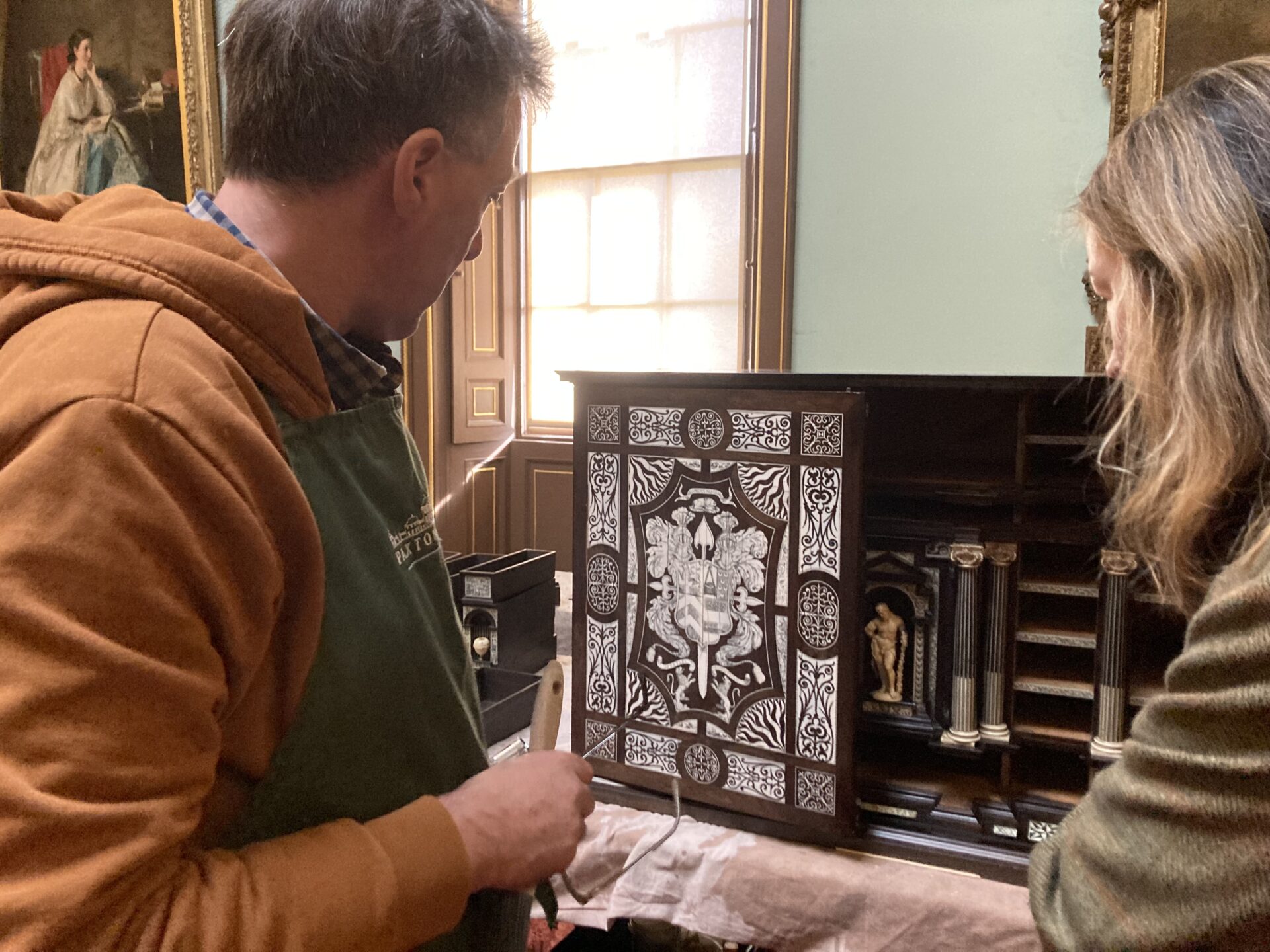
The exterior of the cabinet
A loose section of cornice moulding along the front of the cabinet was cleaned using warm water and then re-glued with traditional hot hide glue, using clamps to hold it in place until the glue had set. An old break in the cornice moulding was patched with rosewood trimmed to the original profile. A small section of rosewood veneer was used to replace an area of loss on the top of the cabinet directly behind the cornice moulding at the left end. Loose moulding along the outer edge of the right door was cleaned, re-glued with hot hide glue and clamped. A small rosewood patch, profiled to the shape of the existing moulding, was fitted to an area of loss on the outer edge of the base of the door.
The central steel pin of the bottom hinge of the right door had dropped so was re-secured in place and the head of the steel pin lightly riveted to prevent this problem reoccurring.
Three small sections of missing ivory were replaced in bone on the exterior of the cabinet so that no loose or rough surfaces were left where a duster might catch on them and cause future damage.

final finish
All the surfaces of the rosewood and ivory that are on show were swab cleaned using de-ionised water.
The replacement sections of rosewood were colour matched using Vandyke water stain and sealed with a simple shellac varnish. The exterior surfaces of the cabinet were lightly wax polished using Harrell’s Furniture Wax and the interior surface dry buffed with the cloth that had been used for waxing. The edges of the drawers and slides were rubbed with candle wax to ease their movement.
The Hercules Cabinet is now back on its stand and in place at Paxton House where it will rest until visitors come back to give the admiration it has enjoyed for over 400 years when the house reopens in April.
The conservation of the Hercules Cabinet was funded by The Pilgrim Trust and a generous anonymous donor.


